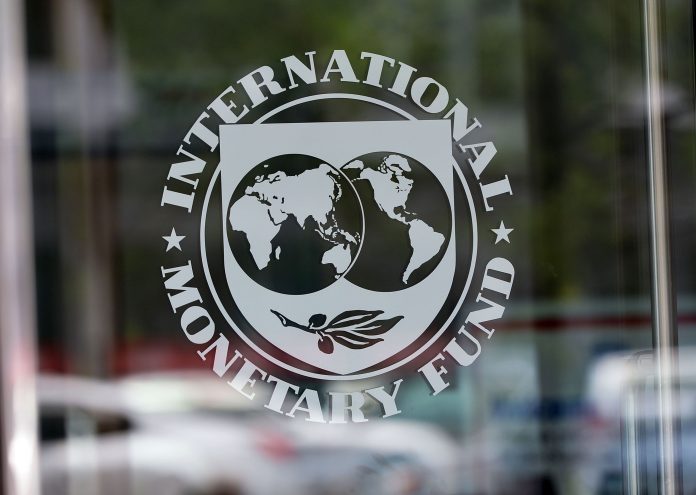Islamabad: The International Monetary Fund (IMF) report has provided a detailed overview about the Chinese-Pakistan Economic Corridor (CPEC) stating export benefits from it will be reaped slowly over a period of time.
The report cited that Pakistan requires building up its foreign exchange reserves and focusing on increasing its export revenues. Also by the year 2024, it is expected that these projects are expected to generate outflows to the tune of $4.5b in the form of loan payments, profit repatriation, and imports of input fuel.
IMF stated “Bringing the power distribution sector to full cost recovery will help secure the long-term sustainability of the energy projects.” “Fiscal costs need to be controlled which can be limited by tax exemptions, providing a supportive environment for all investments followed by a gradual phasing in of new external commitments which will assist in maintaining macroeconomic stability and sustain growth stability”, the report said.
The timely implementation of CPEC related investments in the power sector could be highly beneficial for Pakistan as this could help in reducing the excessive reliance on furnace oil for generation purposes. The full scale impact on Gross domestic product (GDP) would come in three phases which will be in the form of construction, power generation and improved trade connectivity, the report cited. The first two stages could contribute $13b to the country’s GDP over the course of the next seven years, the report cited.
The benefits from the CPEC related investments are expected to bear fruit as it is expected to have a positive influence on the country’s economy as per the report. It stated that investment from CPEC corridor linked projects will rise from $2b in 2017 to $4b by 2024. The report added “Second-round effects will likely accrue gradually and could lead to a major contribution in the longer run, depending on various other supportive factors.”




